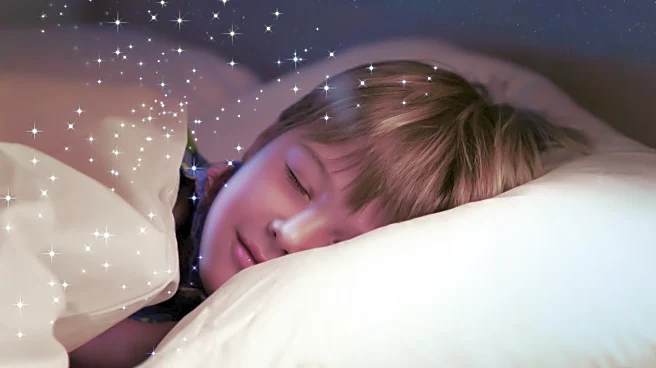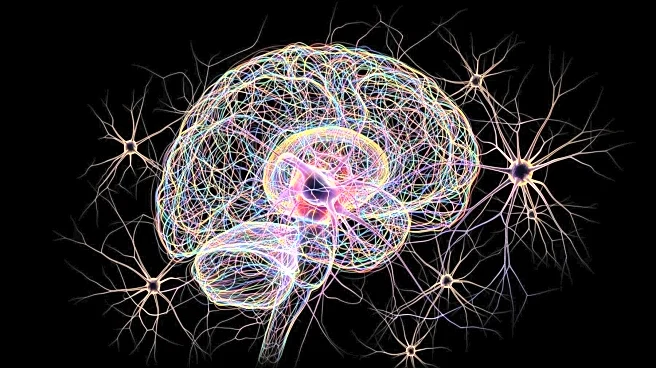What's Happening?
Researchers at the Paris Brain Institute, led by Nicolas Decat, are investigating the nature of consciousness by studying the transition between wakefulness and sleep. This research utilizes EEG technology
to monitor brain waves as individuals fall asleep, revealing that the boundary between dreams and reality is not as clear-cut as previously thought. Decat's preliminary findings suggest that dreamlike imagery can occur while individuals are technically awake, and conscious thoughts can happen during sleep. This challenges the traditional view that being awake or asleep strictly determines the nature of one's thoughts.
Why It's Important?
This research has significant implications for understanding consciousness and could influence how sleep disorders are diagnosed and treated. By revealing that consciousness is not strictly tied to being awake or asleep, the study opens new avenues for exploring how the brain functions during these transitions. This could lead to better treatments for sleep disorders, which are often characterized by issues with transitioning between sleep states. Additionally, understanding these processes could enhance creativity and problem-solving, as the hypnagogic state has been linked to increased creative thinking.
What's Next?
Future research will likely focus on further exploring the mechanisms behind these transitions and their implications for sleep disorders. Researchers may also investigate how these findings can be applied to enhance cognitive functions such as creativity and problem-solving. As the study progresses, it may lead to new therapeutic approaches for conditions like insomnia and sleepwalking, which involve disruptions in the normal sleep-wake cycle.
Beyond the Headlines
The study raises questions about the nature of consciousness and its relationship with sleep. It suggests that consciousness is a fluid state, influenced by various factors beyond mere wakefulness or sleep. This could have broader implications for understanding human cognition and the potential for manipulating consciousness through external stimuli, such as sound or light, during sleep transitions.











